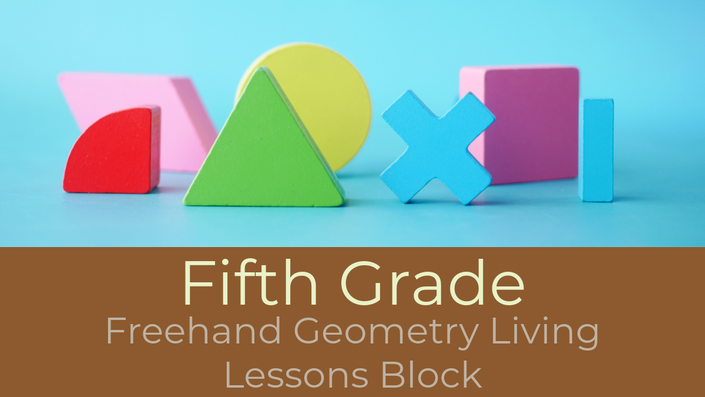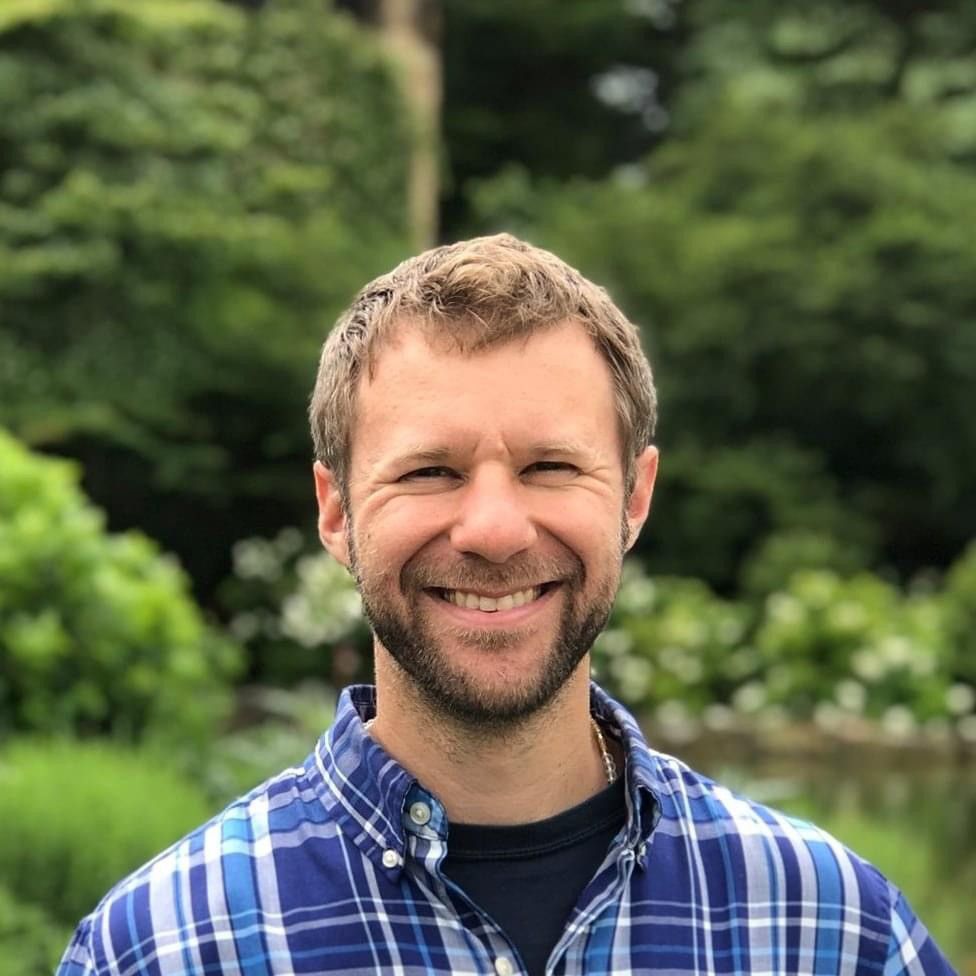
Waldorf Block: G5: Freehand Geometry & The Wonder of Numbers
The Earthschooling Waldorf fifth grade curriculum features a unique and engaging Freehand Geometry main lesson block, designed to introduce children to the foundational principles of geometry through artistic exploration. This block emphasizes understanding geometry through the heart and experience before engaging with it intellectually. By focusing on freehand drawing, artistic exploration, and connecting geometry to the natural world, the Waldorf fifth grade Freehand Geometry block provides a rich and meaningful learning experience that fosters a love of geometry and builds a strong foundation for future mathematical studies. You can see the full syllabus by scrolling down below.
Earthschooling Waldorf Fifth Grade Freehand Geometry Block
The Earthschooling Waldorf fifth grade curriculum features a unique and engaging Freehand Geometry main lesson block, designed to introduce children to the foundational principles of geometry through artistic exploration. This block emphasizes understanding geometry through the heart and experience before engaging with it intellectually. By focusing on freehand drawing, artistic exploration, and connecting geometry to the natural world, the Waldorf fifth grade Freehand Geometry block provides a rich and meaningful learning experience that fosters a love of geometry and builds a strong foundation for future mathematical studies.
Key elements and goals of this geometry block include:
- Freehand drawing: Students draw circles, lines, triangles, and quadrilaterals without the use of tools like rulers or compasses. This encourages direct engagement with the forms and develops spatial awareness and dexterity.
- Artistic experience: Geometry is presented as a beautiful and artistic endeavor, allowing children to connect with geometric forms on a deep, soulful level.
- Finding geometry in nature and the world: Students are encouraged to observe geometric patterns and forms in nature and everyday life, fostering a sense of connection between geometry and the world around them.
- Building a foundation for future learning: This block prepares students for more formal geometry studies in later grades, where they will learn to use tools and explore more complex geometric concepts.
- Exploring geometry vocabulary: Students learn geometric terms through hands-on experiences and movement, promoting a deeper understanding than rote memorization.
- Developing balance and symmetry: Fifth graders are at a stage of physical and inner balance, making it an ideal time to develop their sense of geometry without relying on tools.
Living Lessons are video lessons where a teacher leads the class through the main lessons for this grade. You can use these lessons as examples to follow for your own teaching or can use them as supplements to your own teaching (we all need a break now and then. I would have loved to have these available on days I was ill or was taking care of my fussy baby). Scroll down to the class listings below to see the full syllabus and to view some free samples!
Do you want a FULL Waldorf Curriculum with Music, Handwork, Eurythmy, and extra Art Lessons?
Visit our fifth-grade Bundle HERE
Your Instructor

Nicholas Andrea now resides in the lush woodlands of northern Delaware with his family after spending the last six years teaching at the Asheville Waldorf School in North Carolina as a grades, music, and aftercare teacher. Nicholas earned his Waldorf Elementary and Music certifications at Sunbridge Institute in Spring Valley, NY. He is passionate about the Waldorf curriculum and believes in its ability to raise capable, compassionate, and creative human beings. After the birth of their son last October, Nicholas and his partner Cassie wanted more time at home with their baby which has led Nicholas to finding Earthschooling.
Nicholas is also passionate about music, speech arts, and history. Known in other circles as “The Bard,” Nicholas’s lifelong love of music has led him to a variety of instruments including world percussion, dijeridoo, flutes of various kinds, and Irish and Scottish bagpipes. He is also a published poet, and he spends his spare time plumbing the mysteries of world history in order to understand how we got where we are and where we go from here.
Course Curriculum
-
StartSummary of ALL the Lessons
-
StartLesson #1: Intro and Searching for the Perfect Circle (50:23)
-
StartLesson #2: Threefoldness (48:02)
-
StartLesson #3: Sixfoldness (85:17)
-
StartLesson #4: Ninefoldness (57:12)
-
StartLesson #5: Twelvefoldness (59:09)
-
StartLesson #6: Fourfoldness (43:54)
-
StartLesson #7: Fivefoldness (52:18)
-
StartLesson #7B: Painting of a Forget-Me-Not with Geometry Overlaid (35:44)
-
StartLesson #8: Sevenfoldness (66:27)
-
StartLesson #9: Eightfoldnes (57:50)
-
StartLesson #10: Introducing Pythagoras and His Mystery School (54:48)
-
StartLesson #11: Introducing the Pythagorean Theorem (45:41)
-
StartLesson #12: Pythagoras’ Great Discovery (42:09)
-
StartLesson #13: Carl Gauss and Introducing the Wonder of Numbers (48:52)
-
StartLesson #14: Triangular, Square, and Rectangular Numbers (55:29)
-
StartLesson #15: Rules of Divisibility, Part I (56:09)
-
StartLesson #16: Rules of Divisibility, Part II (62:15)
-
StartLesson #17: Sum and Difference Theorems, Part I (52:39)
-
StartLesson #18: Sum and Difference Theorems, Part II (58:53)
-
StartLesson #19: Block Review and Block Quiz (54:15)
-
StartTHIS BLOCK IS NOW COMPLETE